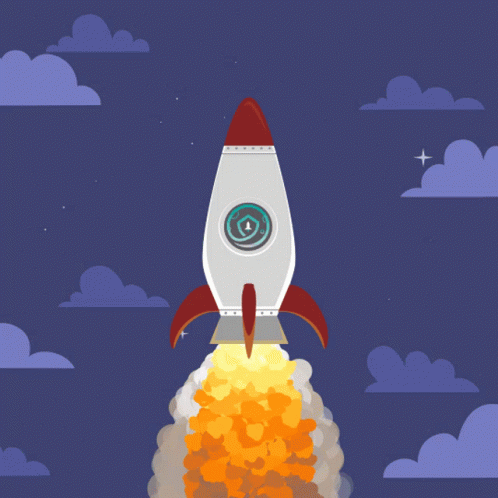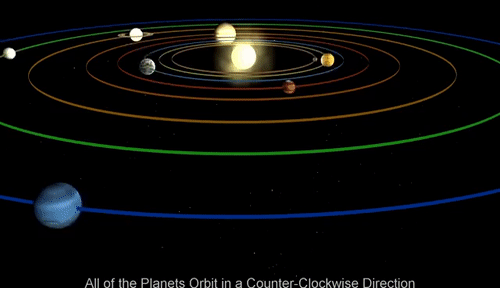WebQuest
Exploring the Solar System
Introduction3


Welcome, students. Today you will all be astronauts going on a mission to investigate our solar system and collecting all the information possible. As you begin your journey, it might be a little bumpy at first, but as you continue, the ride will become smoother.
First, please fasten your seatbelts and let us get ready. We will be taking off in 5, 4, 3, 2, 1.

And we are off!
It took us awhile to get here but now we are in space.
Hurray! Let's get started.
The first thing that you will be seeing as you look through the windows are tiny glowing dots, which we refer to as "stars". These are the stars you would normally see at night when you look up in the sky.

As we continue on our journey into outer space, you will get a closer look at our Solar System which is a part of a galaxy called the Milky Way. As you look to the center of our Solar you will see the brightest and biggest star, "the Sun". It is a hot ball of glowing gases that gives us light during the day on Earth.
As we continue to explore our solar system, we can see some objects revolving around the sun, and these objects are called planets. There are eight planets in our solar system, and we will look at them today in order from the nearest to the furthest from the Sun.

We will use the acronym "My Excellent Mother Just Served Us Noodles" to help us remember the names of the planets in order from closest to the sun to farthest from the sun.
Name of Planets in our Solar System
My Mercury
Very Venus
Excellent Earth
Mother Mars
Just Jupiter
Served Saturn
Us Uranus
Noodles Neptune
Let us look at some important facts about each of these planets that we have noticed on our journey:
1. Mercury is the closest planet to the Sun. It is the smallest planet in our solar system. Mercury is a terrestrial planet. It is small and rocky. Mercury doesn't really have an atmosphere.
2. Venus is the second from the sun and it is the hottest planet in our Solar system even though it is not the closest to the sun. It is hotter than Mercury because it has thick clouds which traps the suns heat. Venus also has mountains, valleys and volcanoes but no water. Venus is a terrestrial planet like Mercury, Earth, and Mars. This means it has a hard rocky surface.
3. Earth, our home planet, the third planet from the sun, is the only place known in the universe to sustain life. The atmosphere of our planet (layers of the atmosphere) has 78 percent nitrogen, 21 percent oxygen and 1 percent other ingredients—that makes it possible for living things to breathe easily and survive.
4. Mars is the fourth planet from the sun. It is a cold desert world. It is half the size of Earth. Mars is sometimes called the Red Planet. It's red because of rusty iron in the ground. Like Earth, Mars has seasons, polar ice caps, volcanoes, canyons, and weather. It has a very thin atmosphere made of carbon dioxide, nitrogen, and argon.
5. Jupiter is the fourth planet from the sun. It is similar to a star, but it never got massive enough to start burning. It is covered in swirling cloud stripes. Jupiter is a gas giant and doesn't have a solid surface, but it may have a solid inner core about the size of Earth. Jupiter also has rings, but they're too faint to see very well.
6. Saturn is the sixth planet from the Sun. That means Jupiter and Uranus are Saturn’s neighboring planets. With the largest planetary rings in our Solar System Saturn is nicknamed the “Ringed Planet” – it has more than 30 ring systems around it. It isn’t the only planet with rings, but it definitely has the most beautiful and visible ones.
7. Uranus is the seventh planet from the sun. It is surrounded by a set of 13 rings. It is an ice giant (instead of a gas giant) and is mostly made of flowing icy materials above a solid core. It has a thick atmosphere made of methane, hydrogen, and helium. Uranus is the only planet that spins on its side. It spins the opposite direction as Earth and most other planets.
8. Neptune is the furthest planet from the sun in our solar system. It is encircled by six rings. Neptune, like Uranus, is an ice giant. It is made of a thick soup of water, ammonia, and methane flowing over a solid core about the size of Earth.
Neptune has a thick, windy atmosphere.
As we continue on our journey to explore our solar system, as an astronaut, you need to ensure that you record your discoveries. Please Click Here to refresh your memory and continue to the next step of our journey.
Attachments
-
Let's sing along with the Planet song.
Description: The lyrics to the song are provided at the bottom of the video being played.

-
Names of the Planet in our Solar System
Description: Names of the Planet in our Solar System
The Public URL for this WebQuest:
http://zunal.com/webquest.php?w=784443
WebQuest Hits: 700
Save WebQuest as PDF